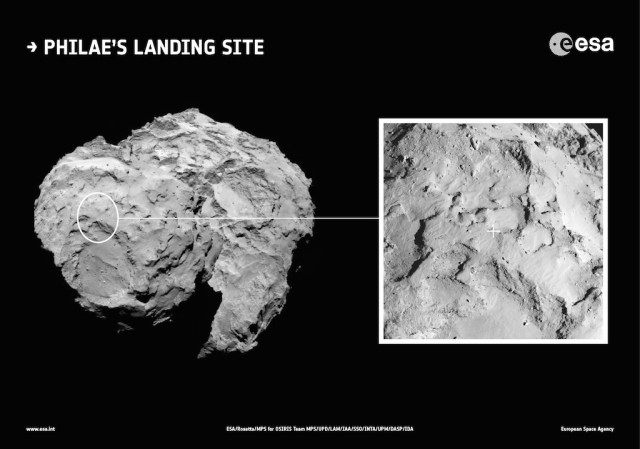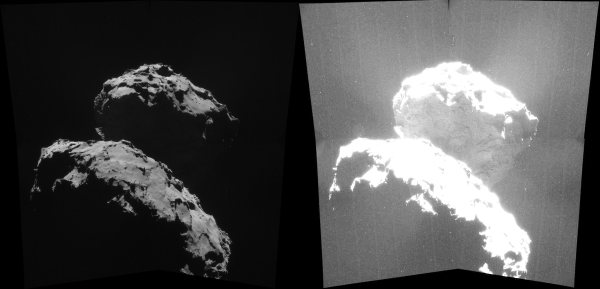The competition heats up: NASA has made a decision and has chosen two companies to ferry astronauts to and from ISS, and those companies are Boeing and SpaceX.
I am watching the press conference on NASA television. Some quick details from NASA here.
This is a reasonable political and economic decision. It confirms that SpaceX is ready to go and gives the company the opportunity to finish the job, while also giving Boeing the chance to show that it can compete while also giving that pork to congressional districts.
Some details: After NASA has certified that each company has successfully built its spacecraft they will have then fly anywhere from four to six missions. The certification process will be step-by-step, similar to the methods used in the cargo contracts, and will involve five milestones. They will be paid incrementally as they meet these milestones.
One milestone will be a manned flight to ISS, with one NASA astronaut on board.
One more detail. Boeing will receive $4.2 billion while SpaceX will get $2.6 billion. These awards were based on what the companies proposed and requested.
I will have more to say about this tonight on Coast to Coast, as well as on the John Batchelor show.


